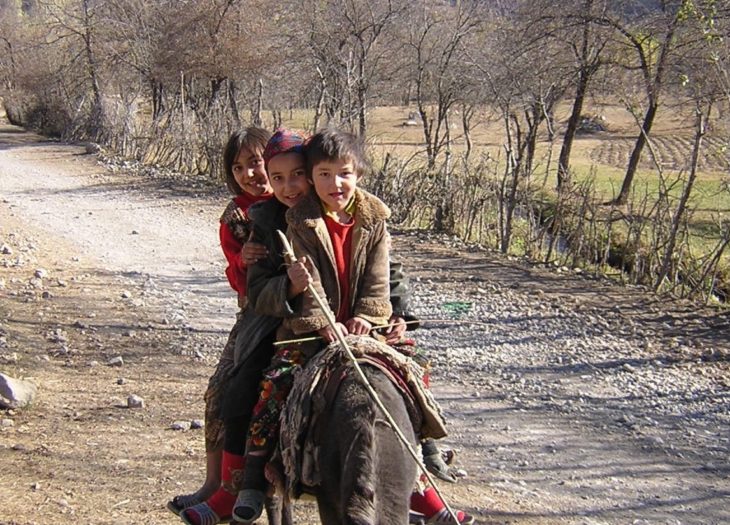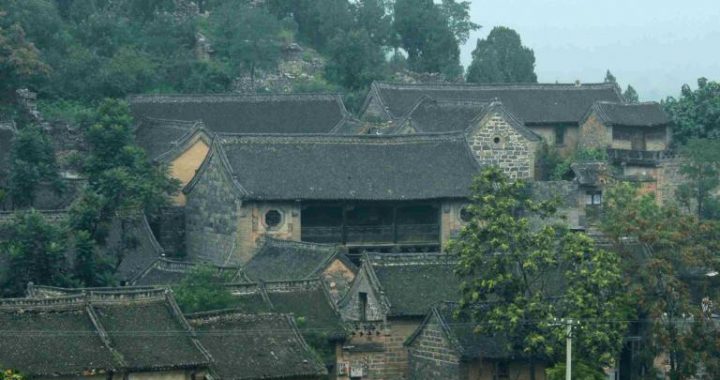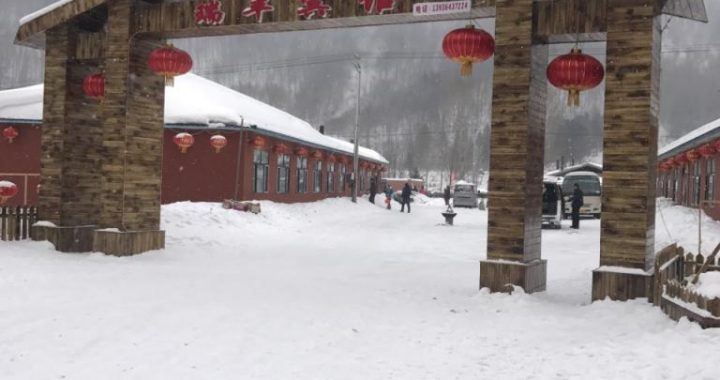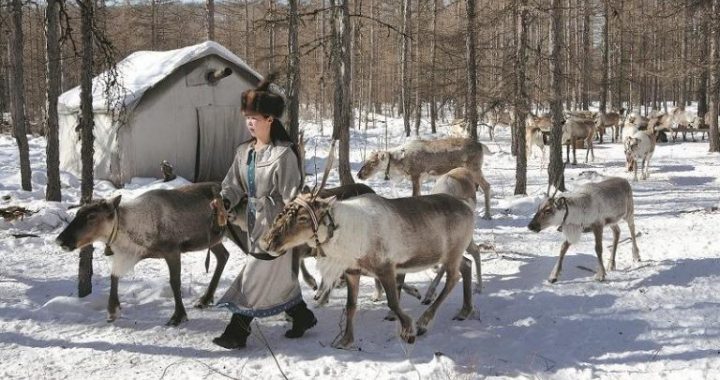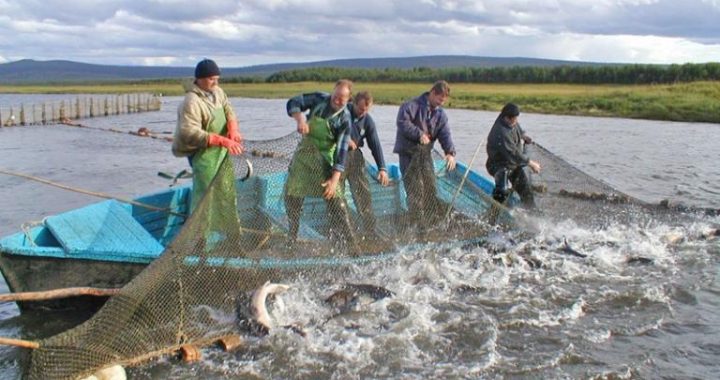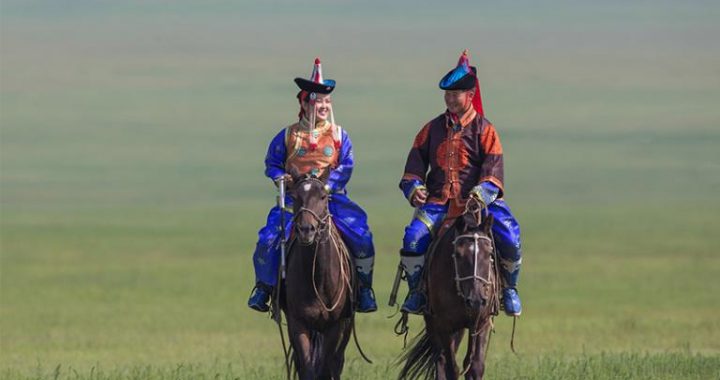Kirgiz in Heilongjiang Province
3 min readTheir places are surrounded by mountains, and for this reason, the Kirgiz people are called”dwellers on mountains.”Most of them live in their autonomous prefecture and other counties in Xinjiang Uygur Autonomous Region. Their population:160,000. Their places are in the depths of the Pamir Plateau and the Tianshan Mountains. Rivers from thawing snow flow from west to east, leaving lush pastures on both sides ideal for animal husbandry. Some riverbed basins are suitable for farming, too. Here, on these fertile lands, the Kirgiz people farm and rear livestock and here, among these mountains, lands and rivers, the Kirgiz epic, Manas was born.
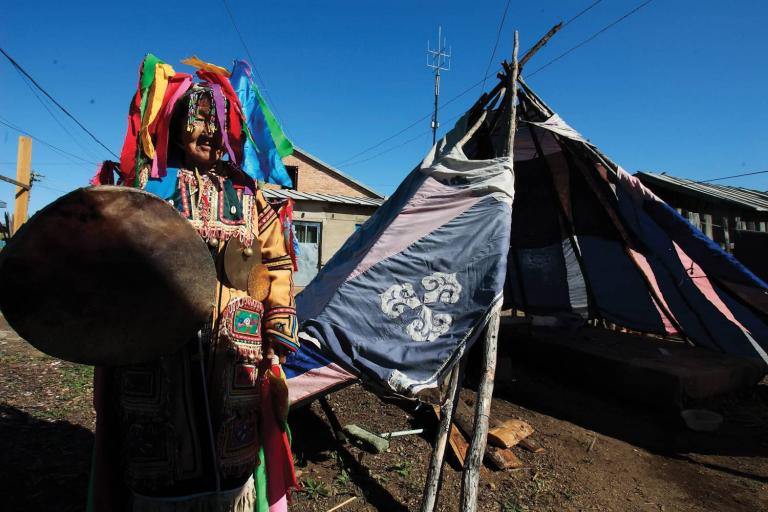
Manas is a magnificent work, not only just an epic, but an encyclopedia about their society, history, geography, life, customs, religious belief, economy, family, arts, language and literature. It has eight sections, depicting heroes of eight generations fighting for the unification of tribes for a common happy life.
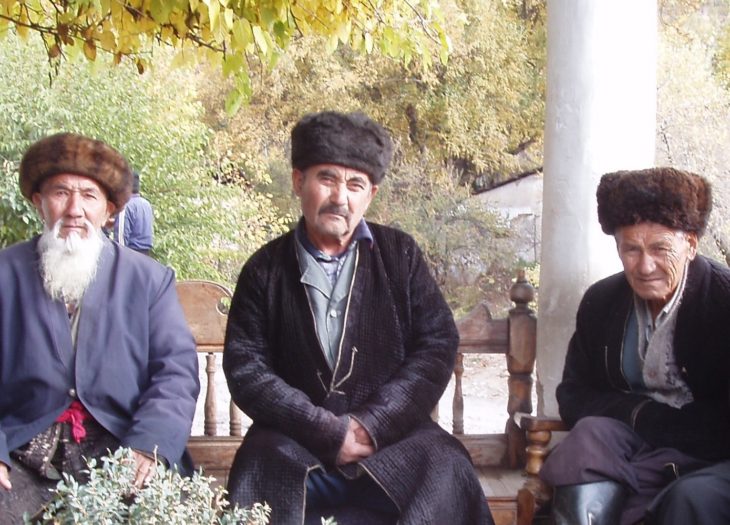
The epic is a large-scale work of over 200,000 lines, each containing an individual story, which is good for singing and telling. Figures and plots are well-connected, contributing to a complete and well-knitted magnificent literature. It has been passed down through history not in a written form, but by the songs and storytelling of generations. This priceless folk heritage has been translated into foreign languages and is known as China’s Homeric Epic.
They have not only the magnificent epic of which to be proud,they have other elements,such as handiworks well-known even in foreign countries,drapery,straw objects and camel-hide products.
Tu xitu ke, the Kirgiz draperies, are age-old objects for house decoration, which can quell the damp and protect walls, and they are attractive and unique. Most of the houses have a drapery on the most conspicuous place on the wall, often 1.2 meters tall and 3 meters long-purple velvet trimmed by black velvet with tassels. Popular images are peaks, waves of water, clouds and plants, which relate to their daily life, their farming and animal husbandry and also the surrounding mountains and pastures.
Camel-hide products are also the pride of the Kirgiz people. Different parts of the hide are made into different handiworks, say, water buckets, pots or bowls. They are durable and attractive.
The camel barrel is made from the anima’s neck. When a camel is butchered, the neck is scraped of meat and fat to make a hollow roll. Then, the hair is removed and sewn with thick thread and filled with pressed, solid sand. The barrel-to-be is smoked for a year before the final touch:a round piece of hide as the bottom is sewn together with fine thread-too fine for water to leak-and, finally, with two added handles, the bucket is complete and good for holding 5 to 6 kg of milk or water.
A camel-hide pot is used to carry water and is said to be used by ancestors for washing their hands and faces before they left for a battle. Because it is extremely durable, it is particularly good for horse or camel riders.
